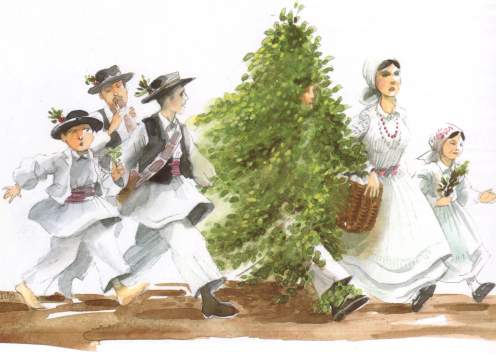
#FolkloreThursday Thread: In Celtic cultures, a bard was a professional story teller, poet, music composer, oral historian and genealogist, employed by a rich patron to commemorate patron's ancestors and to praise the patron's own activities...
https://twitter.com/serbiaireland/status/1293894178112507905
Originally "bards" were a specific lower class of poet, contrasting with the higher rank known as "fili" in Ireland and Highland Scotland...
The word "file" (singular of "fili") is thought to derive from the Proto-Celtic *widluios, meaning "seer, one who sees", which is derived ultimately from the verb *widlu-, "to see"...
This may suggest that the filí were originally prophetic poets, who foretold the future in the form of verse or riddle, rather than simply poets...
en.wikipedia.org/wiki/Bard
en.wikipedia.org/wiki/Fil%C3%AD
en.wikipedia.org/wiki/Bard
en.wikipedia.org/wiki/Fil%C3%AD
• • •
Missing some Tweet in this thread? You can try to
force a refresh













